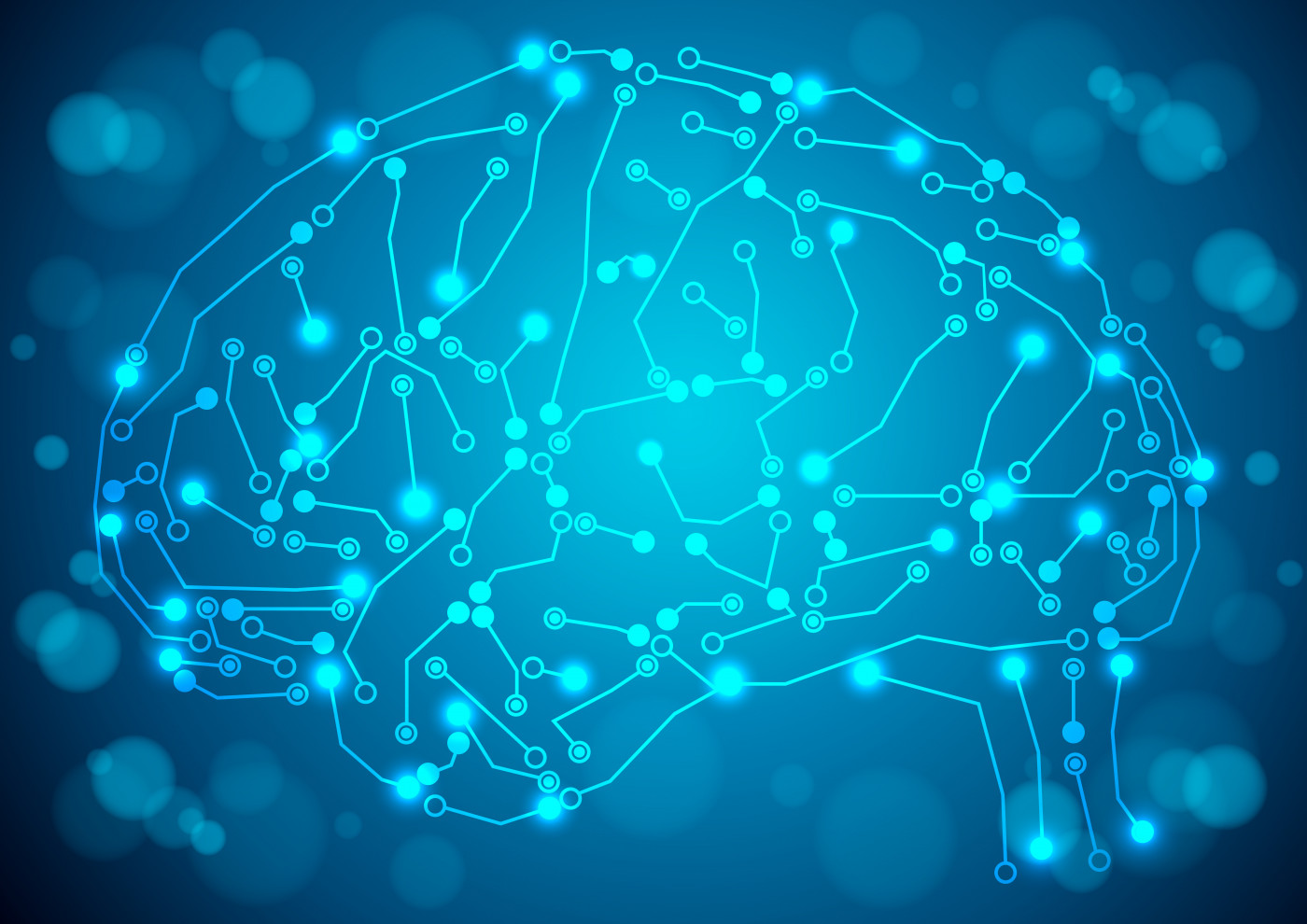ALS Patients Have Impaired Connectivity in Certain Brain Regions, Study Suggests

Amyotrophic lateral sclerosis (ALS) is characterized by specific changes in brain activity and connectivity, which are associated with motor and cognitive symptoms, an international research team has found.
Therefore, measuring the impairment of motor and cognitive networks can be a novel ALS biomarker to evaluate disease progression in clinical trials, the researchers suggest.
These findings were reported in their study, “Patterned functional network disruption in amyotrophic lateral sclerosis,” which was published in the journal Human Brain Mapping.
ALS is recognized for its motor symptoms, but many patients may also experience a range of cognitive and behavioral deficits that could impact executive domains, social cognition, language, and memory.
Studies have suggested that brain areas that control movement are more affected in ALS. Analyses of electrical wave patterns in the brain have revealed persistent changes in nerve cell connectivity, which may be associated with ALS-related brain structural degeneration.
In the new study, researchers from Canada, the U.S., and Europe sought to investigate the characteristics of brain connectivity in ALS patients and their impact on disease-associated manifestations.
The study enrolled 74 ALS patients and 47 age-matched healthy volunteers at the National ALS clinic in Beaumont Hospital, in Dublin. Their brain activity was measured through non-invasive electroencephalography (EEG).
Join our ALS forums: an online community especially for patients with Amyotrophic Lateral Sclerosis.
The researchers evaluated spectral power (that measures electrical signal potential) and two conceptually different measures of cell connectivity — that reflect the normal patterns of co-modulation and synchrony — while the participants were in a resting state (brain activity without simulation).
Using this comprehensive analysis approach, the team found that ALS patients had significant widespread changes in brain activity wave patterns as compared with healthy volunteers. Different frequency waves showed impaired responses in different brain areas, representing altered connectivity between particular brain areas.
“The new findings have identified previously unrecognized abnormalities in the brain networking. This advances our understanding of the specific brain networks that become dysfunctional as the disease progresses,” Stefan Dukic, lead author of the study, said in a news release.
One of the connectivity networks found to be most affected was the frontoparietal network, which is important for the successful assembly of new memories. In addition, degeneration of nerve cells in frontal and temporal brain regions was found to be associated with language disruption.
Further analyses using functional and structural measures, including brain magnetic resonance imaging (MRI) scans, revealed that EEG changes in nerve cell connectivity were correlated with alterations in both cognitive and motor domains, as determined by the ALS functional rating scale (ALSFRS-R).
However, while EEG results could help identify ALS patients, they were unable to discriminate patients according to ALS subtypes.
Collectively, the results showed that “neuroelectric signal analysis can capture and quantify important changes that occur in functional networks in ALS,” the researchers stated.
“Our observed alterations in functional connectivity correlate with structural degeneration, and functional motor and cognitive measures,” they wrote.
Supported by these findings, the team believes that “quantitative EEG, a noninvasive and inexpensive technology,” could be “a robust data-driven tool for measuring network disruption in ALS” in future clinical studies.
“There is an urgent need for new treatments that can slow disease progression, and the development of new biomarkers that can help to identify patient subgroups is a very important unmet need,”said Orla Hardiman, MD, professor of neurology by Trinity College Dublin and co-author of the study.






